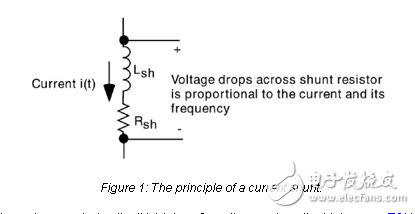
资料下载

智能电网中电能的有效测量
智能电网中电能的有效测量
智能电网所需的设备,如公用事业仪表和可再生能源和电器监控系统,需要准确地感知能源的消耗量。已经开发了许多技术,可以有效地测量电功率,每种技术都有各自的优点和缺点。本文着眼于Rogowski线圈、电流互感器、霍尔效应传感器和电阻分流器作为能量测量选项。
电子设备消耗的能量已经成为一个主要的问题,它正在推动大型的政府项目,如英国的智能电表展,这项计划将在不到两年的时间内开始。每台智能电表都需要精确的电流绘制方法。这一需求正在扩展到越来越多的与智能电网相连的系统,如可再生能源和家电设备和数据中心计算机,以便用户能够跟踪他们的能源使用情况。
在数据中心,业务用户希望能够使用各个机器或机架的实时电力使用信息来指导工作应该如何分布在它们之间。在家中,用户可以监视重要的能源消费者,并在高关税期间自动禁用或停止使用。电力传感器设计者面临的问题是哪种技术最适合应用?。

There are four basic types of sensor technology that help determine electrical energy: current transformers, Rogowski coils, resistive shunts, and Hall-Effect sensors. Which one needs to be used depends on the deployment, whether the site takes electricity from a single phase, split phases, or from all three phases employed by the distribution system.
Homes in the US usually have a split-phase power feed that delivers either 120 VAC or 240 VAC. This architecture generally calls for a current transformer as the energy sensor. Commercial and larger residential sites in Europe use a three-phase supply. Individual homes are usually single-phase, which can allow meter implementation using a simple shunt-resistor sensor. The three-phase systems will either employ a current transformer or Rogowski coil, the latter traditionally being more suitable for larger installations.
声明:本文内容及配图由入驻作者撰写或者入驻合作网站授权转载。文章观点仅代表作者本人,不代表电子发烧友网立场。文章及其配图仅供工程师学习之用,如有内容侵权或者其他违规问题,请联系本站处理。 举报投诉
- 相关下载
- 相关文章






